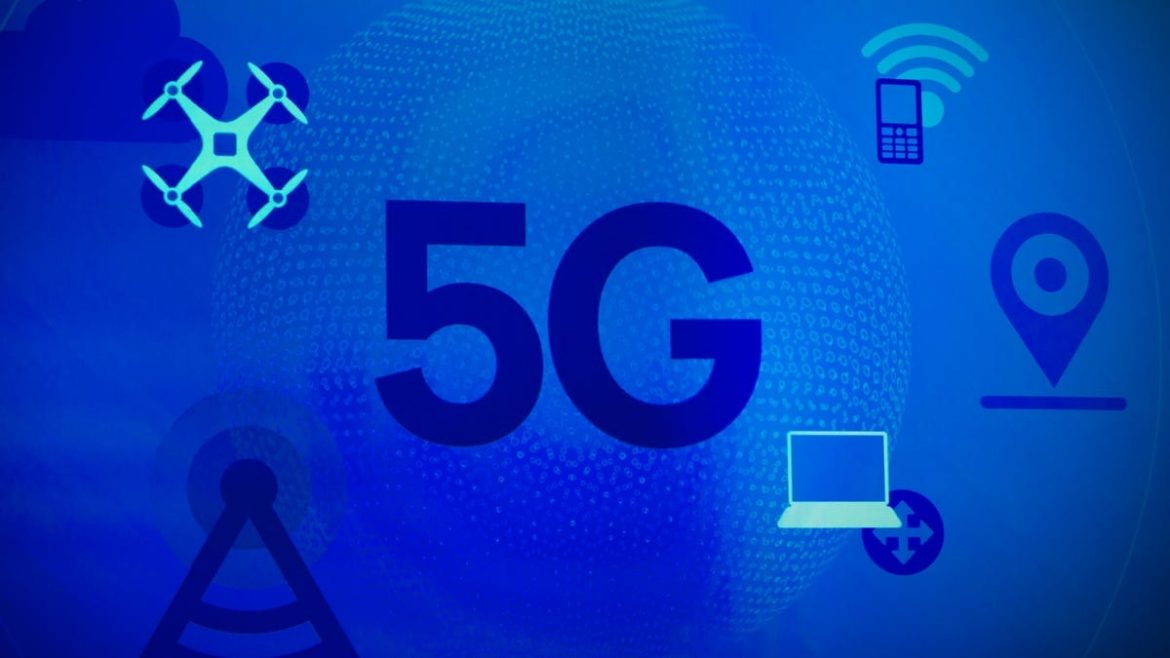The advent of 5G technology is poised to usher in a new era of connectivity and innovation. With its unprecedented speed, low latency, and capacity to connect billions of devices simultaneously, 5G has far-reaching implications for various industries, most notably the Internet of Things (IoT). In this article, we will delve into the expert insights on how 5G technology is transforming the IoT landscape and its broader impact on the technological ecosystem.
The Power of 5G for IoT
Enhanced Data Transmission
5G’s remarkable speed and capacity are game-changers for IoT devices. Unlike its predecessors, 5G can transmit massive amounts of data in real-time, enabling IoT devices to communicate with each other and with central systems more efficiently. This means faster response times and the ability to handle data-intensive tasks, such as streaming high-definition video from surveillance cameras or managing a fleet of autonomous vehicles.
Low Latency
Low latency is critical for applications that require immediate feedback, like remote surgery or autonomous vehicles. 5G technology boasts ultra-low latency, reducing the time it takes for data to travel between devices and servers. This near-instantaneous response enables IoT applications to operate seamlessly, even in mission-critical scenarios.
Massive Device Connectivity
One of the most significant advantages of 5G is its ability to support a massive number of IoT devices within a single network. The IoT ecosystem is expected to expand exponentially in the coming years, with billions of interconnected devices. 5G’s network slicing technology allows it to allocate network resources dynamically, ensuring that all devices receive the necessary bandwidth and connectivity.
Transformative IoT Applications
Smart Cities
5G-enabled IoT plays a pivotal role in the development of smart cities. From intelligent traffic management and waste disposal to smart lighting and public safety, 5G empowers cities to become more efficient, sustainable, and responsive to citizens’ needs. Real-time data from IoT sensors can be harnessed to optimize urban planning and resource allocation.
Industrial IoT (IIoT)
In the industrial sector, 5G unlocks new possibilities for automation and efficiency. Factories and manufacturing facilities can deploy IoT devices and robots that communicate seamlessly, improving production processes and reducing downtime. Predictive maintenance powered by 5G-enabled sensors can help prevent equipment failures, saving time and resources.
Healthcare
Telemedicine and remote patient monitoring benefit significantly from 5G’s low latency and high-speed data transmission. Surgeons can perform remote procedures with precision, and healthcare providers can monitor patients’ vital signs in real-time, offering more immediate care when necessary. This technology has become particularly relevant in the context of global health crises.
Challenges and Considerations
While the potential of 5G in the IoT realm is immense, several challenges must be addressed:
Security and Privacy
As more devices become interconnected, the attack surface for cyber threats expands. Ensuring the security and privacy of IoT data and devices is paramount. Robust encryption, authentication, and security protocols are essential to safeguard sensitive information.
Infrastructure Investment
The deployment of 5G networks requires substantial infrastructure investment. Extending coverage to rural areas and ensuring network reliability in densely populated urban environments are ongoing challenges. Governments and telecommunications companies must collaborate to address these issues.
Regulatory and Ethical Concerns
The rollout of 5G technology has sparked debates about its potential health effects due to increased radiation exposure. Addressing these concerns and establishing clear regulatory guidelines is crucial to the widespread adoption of 5G.
Beyond IoT: Broader Technological Impact
Augmented Reality (AR) and Virtual Reality (VR)
5G’s high-speed, low-latency connectivity is poised to revolutionize AR and VR experiences. Immersive applications, such as virtual meetings, gaming, and remote training, will become more realistic and accessible with 5G technology.
Edge Computing
5G complements edge computing by bringing processing capabilities closer to the data source. This synergy enhances the performance of IoT applications by reducing latency and enabling real-time data analysis at the network’s edge.
Conclusion
The advent of 5G technology represents a transformative moment in the world of IoT and beyond. Its unprecedented speed, low latency, and massive device connectivity have the potential to revolutionize industries, improve quality of life, and drive innovation to new heights. However, as the 5G IoT ecosystem expands, it is imperative to address security, infrastructure, and regulatory challenges to ensure a seamless and secure future for this technology. As we look ahead, the impact of 5G on the IoT landscape and the broader technological ecosystem is poised to be profound and far-reaching.

